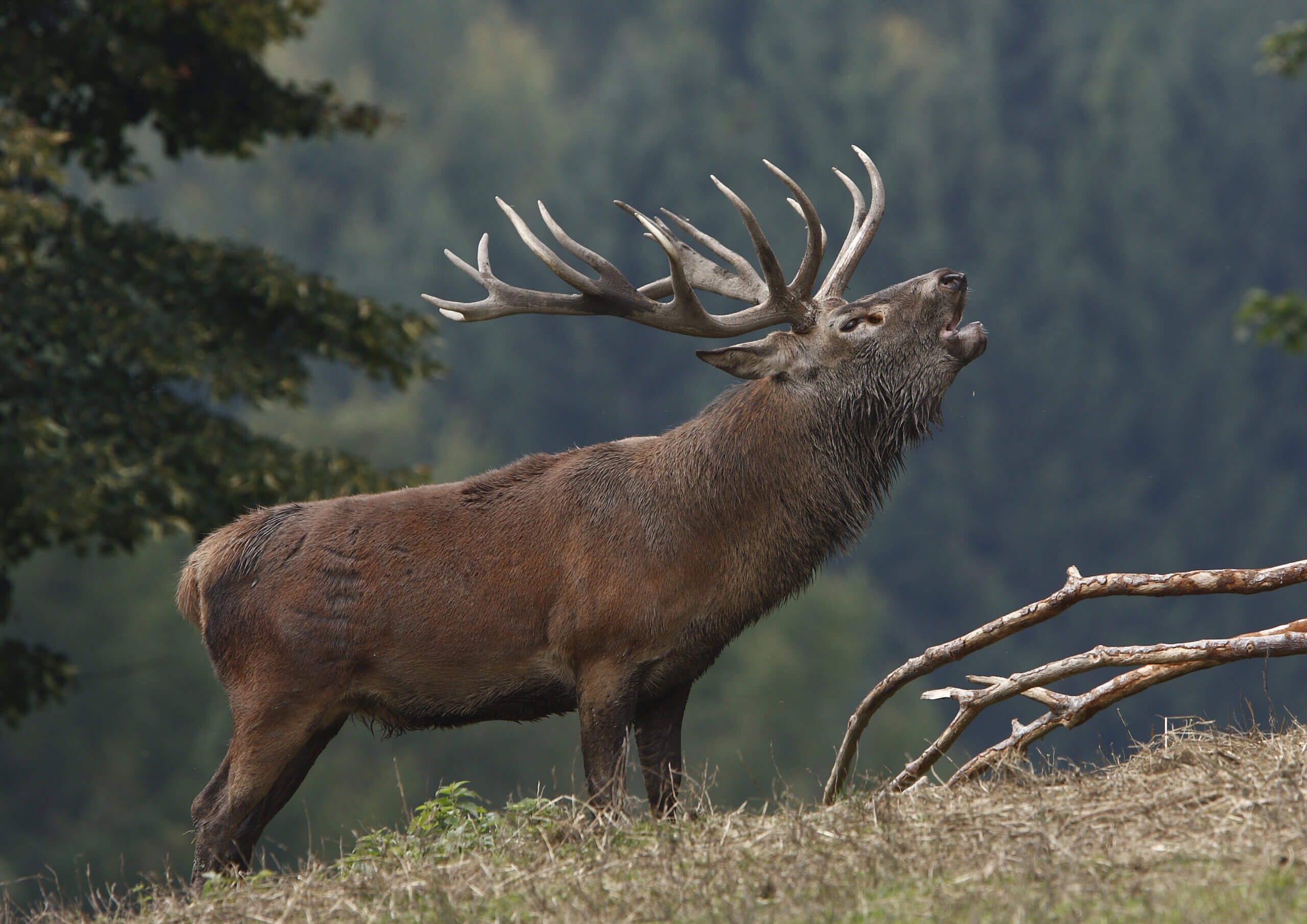The intriguing creatures, the white-tailed deer are native to both North and South America. They are renowned for their graceful movements and ability to adapt to their environment. Their feeding habits are essential to their survival strategy, which is only one of their many fascinating characteristics. It is necessary for people who are interested in wildlife, as well as for whitetail deer hunts in Texas, to have a solid understanding of the frequency with which white-tailed deer consume food. Within this discussion, we delve into the complexities of the feeding patterns of whitetail deer, shedding light on their dietary requirements and the elements that influence the frequency with which they consume food.
Learn More about deer hunts in Texas.
The food of white-tailed deer is mainly composed of vegetation, including grasses, leaves, shoots, fruits, nuts, and crops. White-tailed deer are classified as herbivores. Their dietary choices may change depending on circumstances such as the availability of food throughout the seasons, their environment, and their unique nutritional needs. Even though they are herbivores, white-tailed deer are opportunistic feeders, meaning they can adapt to various food sources in their ecosystem.
The time of day is crucial in determining the frequency with which white-tailed deer consume food. The crepuscular behavior of these animals indicates that they are most active in the morning and evening hours. Their feeding habit frequently coincides with these periods of low light, which enables them to forage under the cover of darkness when they are less susceptible to being attacked by predators. Consequently, white-tailed deer tend to consume food more often during these twilight hours, which allows them to maximize their energy intake while limiting the chance of being eaten by predators.
White-tailed deer may still engage in feeding activities during the daylight hours, although to a lesser amount than they do during the nighttime hours. Feeding sessions during the middle of the day are rare, particularly in regions with a high level of human activity or where predators are more widespread. Deer may seek refuge in shaded or densely covered locations to conserve their energy until the colder hours of morning or dusk when they resume their food consumption habit.
When it comes to influencing the frequency with which whitetail deer consume food, seasonal fluctuations also play a crucial impact. Deer may graze more frequently throughout the spring and summer months, when the vegetation is lush and abundant, to satisfy their nutritional requirements and to encourage their growth and reproduction. They can graze for many hours each day in this season, grazing various plant species abundant in the required nutrients.
On the other hand, whitetail deer may change their feeding pattern throughout the fall and winter months, when food sources become scarcer and vegetation is less nutrient-dense. They may spend more time searching for high-energy items such as acorns, browse, and agricultural products to ensure they can survive while the months are scarce. Even though their overall feeding frequency may fall during this time, deer may adjust by ingesting more significant quantities of food during each feeding session to satisfy their energy requirements.
The frequency with which white-tailed deer consume food can also be affected by environmental factors such as the severity of the weather and the quality of their habitat. Food availability may be severely limited in areas suffering extreme weather events such as drought or severe winters. As a result, deer may modify their feeding habits to adverse weather conditions. Deer can demonstrate more movement to look for acceptable fodder during times of food scarcity. This can result in more frequent eating intervals when food sources are identified.
Human activities can also cause habitat degradation and fragmentation, which might affect the eating behavior of white-tailed deer. The disruption of conventional eating patterns and the need for deer to adapt to new food sources can be caused by the loss of natural vegetation, the expansion of urban areas, and the disturbance of habitat if these factors occur. In these habitats, deer may display different feeding behaviors, including an increased reliance on food that humans provide, such as crops or ornamental plants.
The nutritional needs of whitetail deer can change based on various parameters, including age, gender, reproductive status, and overall health. For instance, those who are pregnant or nursing may have increased energy requirements and require feeding more frequently to support the growth and development of their young. Likewise, young fawns experiencing rapid growth may need regular access to nutrient-rich food to meet the requirements of their metabolic processes.
In conclusion, the feeding behaviors of whitetail deer are influenced by a complex interaction of elements such as the time of day, the season, the circumstances of the environment, and the specific nutritional requirements of the deer. Even though these magnificent creatures are crepuscular feeders for the most part, their dietary preferences and the frequency with which they consume food can vary quite a bit depending on the availability of food supplies and the environmental circumstances that are currently in place. It is crucial for wildlife management and conservation activities that aim to ensure the long-term survival of this iconic species to have a thorough understanding of the complexities of the feeding habits of white-tailed deer.

